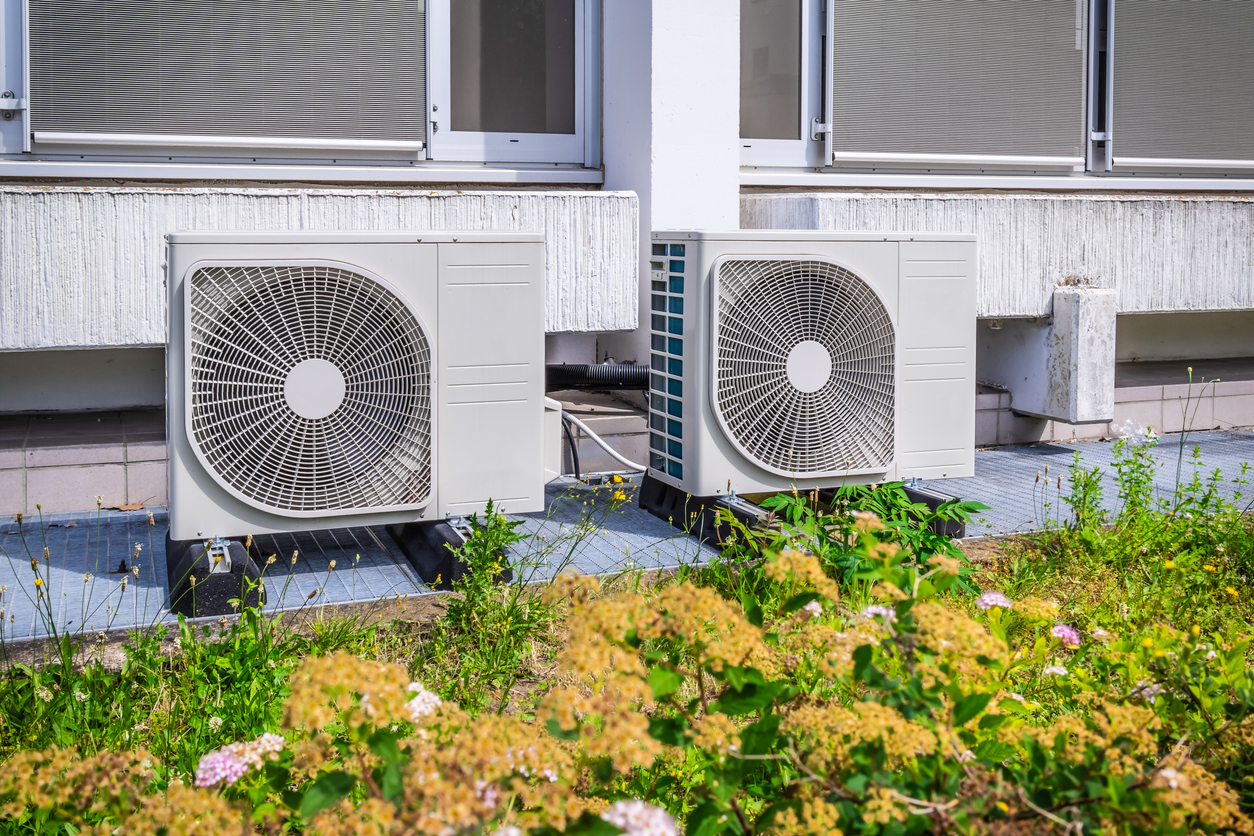
A heat pump system is an energy-efficient way to heat and cool your home. However, many people wonder what exactly a heat pump is and how it works. Understanding heat pump system basics is key to recognizing its efficiency. A heat pump operates on the same principles as a traditional air conditioner, but it has the added ability to reverse its process and provide both heating and cooling. It can create cold or warm air by transferring heat from one place to another.
This is the first section of our Heat Pumps Explained series. Join us as we break down the basics of what a heat pump system is and why it is the leading efficient HVAC choice for heating and cooling homes year-round.
A heat pump system is an AC that works in both directions. It can transfer heat from one place to another through the expansion and compression of refrigerant fluid. The coils, filled with refrigerant, heat up or cool down as air passes over them, circulating warm or cool air throughout your home. What makes a heat pump system unique is that it generates heat without fuel or electric heating elements.
Heat pumps are quite energy-efficient HVAC systems. In the summer, they work like a normal AC, removing heat inside your home to chill the coils and circulate cold air. In the winter, the same process is reversed to draw ambient heat from the outdoors, which is used to warm the coils and circulate warm air through your home.
A heat pump functions by transporting refrigerant fluid through two primary components: The indoor unit and the outdoor compressor. The process works in reverse between summer and winter to provide both heating and cooling.
Here’s how it works:
In the summer, the heat pump absorbs heat inside your home by expanding the refrigerant into a gas form in the indoor coil. The system pumps the gas in the refrigerant lines to the outdoor unit, where it removes heat through the outdoor coil to turn the refrigerant back into a liquid. This allows the heat to be released outdoors.
In the winter, the heat pump absorbs heat from outdoors by forcing the refrigerant into a gas. This process can extract heat even from seemingly frigid outdoor temperatures. The system moves the refrigerant to the indoor coil where the heat from the refrigerant is released, turning it into a liquid, transferring heat indoors. This release of heat warms the coils, creating warm air. This method of producing heat is much more efficient than traditional furnaces and electric heaters.
The two-way transfer of heat makes a heat pump system very efficient compared to other HVAC systems that generate heat.
We call it a “heat pump” because of how the system works. It pumps heat between two places using pressurized refrigerant fluid. Unlike other heating methods that burn fuel to generate heat, the heat pump fetches heat from one place and pumps it to another. When cooling, it pumps heat out of the house. When heating, it pumps heat into the house.
The system constantly moves heat to the areas that need it most. The ability to heat and cool makes heat pumps unique among all other HVAC systems.
We’ve explored what a heat pump is and how a heat pump works. But, still be curious so, we are here to answer your questions. We will dive deeper into the heat pump’s inner workings in future posts. Stay tuned for Part 2, where we will explore the different types of heat pumps and their unique benefits.